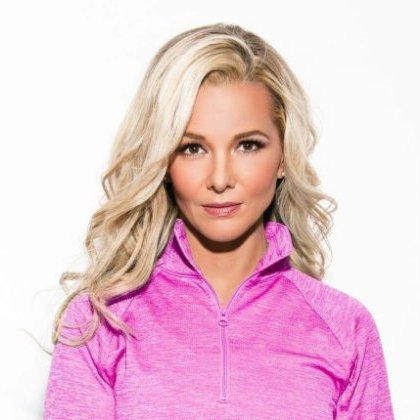https://www.oxygenmag.com/nutrition/how-to-treat-iron-deficiency
For the weightlifting female athlete, there’s another kind of iron that deserves the spotlight — besides your barbell.
Iron deficiency is a common problem among female athletes, and nearly half of us may be anemic and not even know it. “A deficiency can occur from many factors, including loss of blood through menstruation, pregnancy, intense training and lack of dietary iron,” says Danielle Schaub, MSPH, RD. “Athletes are more sensitive to the effects of iron deficiency since performance depends on oxygen getting to active muscle and being utilized efficiently.”
Being iron-deficient means that your body doesn’t have enough iron to produce hemoglobin, the compound that enables red blood cells to carry oxygenated blood throughout the body. “Oxygen is needed for aerobic ATP production, which is what provides energy to muscle cells, so therefore low iron means decreased oxygen and less ATP, and therefore more muscle fatigue,” Schaub says. “Iron is also incorporated into the production of new cells, proteins and hormones, helping boost recovery.”
The only surefire way to know whether you’re low in iron is with a blood test, but once diagnosed, it’s relatively easy to boost your levels back up to normal. Outside of popping pills, you can increase your iron levels through nutrition and specific food pairings. Here are three ways to boost your dietary iron — and ultimately lift more physical iron as a result.
Add Vitamin C to Your Diet
Your body can’t produce iron on its own, so it’s important to consume a variety of iron-containing foods such as red meat, fish, poultry and eggs. Nuts and legumes are good sources of iron as are certain veggies such as spinach and mushrooms. However, plant-derived iron may not be as well-absorbed as that from animal sources because it’s a non-heme iron source (e.i., not from blood). But adding about 25 milligrams of vitamin C to your meal — for example, a ¼ cup of orange juice — can double your non-heme iron uptake, according to the Academy of Nutrition and Dietetics. “Vitamin C combines with iron to form an iron chelate complex, making the iron more soluble in the small intestine,” Schaub says.
Good Vitamin C Sources
kale
broccoli
bell peppers
chard
lemons
oranges
grapefruit
Remove Caffeine and Dairy from Your Diet
According to research, both caffeine and dairy appear to inhibit iron absorption. “Polyphenols, which are found in coffee and tea, bind to iron in your intestinal cells,” Schaub says. “This molecule is unable to enter the bloodstream and be absorbed and instead gets excreted.” And though the mechanism of the interaction between iron and calcium is not well-understood, according to some studies, the absorption of iron is lower when combined with 150 or more milligrams of calcium in a single meal. This equates to less than 1 ounce of cheese, ½ cup of milk or a small container of Greek yogurt.
Ironclad
According to a study published in the Journal of Food Science, cooking with cast-iron pans increases the iron content of foods, particularly foods with naturaly high acid, such as tomato sauce and eggs. “Trace amounts of metal can be leached from cast-iron skillets, and though well-seasoned skillets are less reactive to food and less iron will cross over, even the small amount that can leach out can be beneficial if suffering from iron deficiency,” Schaub says.
Word of Warning: Children younger than 3 are highly susceptible to iron toxicity, so play it safe and only use your cast-iron cookware for your personal meal prep.
Symptoms of Iron Deficiency
extreme fatigue
weakness
pale skin
rapid heart rate and/or breathing
headaches
dizziness
lightheadedness
cold extremities
brittle nails
PICA (cravings for nonnutritive substances, such as ice, dirt or starch)
Iron Requirements
Active women ages 19 to 50: 18 mg/day
Active women ages 51+: 8 mg/day

